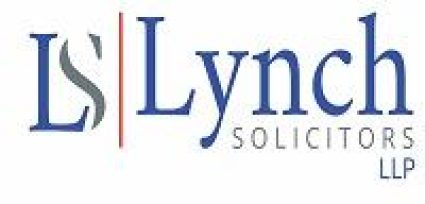
By now most of you will have either heard or read about the proposals put forward yesterday, by the Central Bank, to regulate residential mortgage lending.
As a result of the huge numbers of unsustainable mortgages that resulted from the recession, the Central Bank are now seeking to minimize any possibility that a similar situation may result in future and are trying to avoid any reckless lending practices where monies are loaned to people who are not in a position to repay them.
 To do this they have published proposed regulations which would place ceilings on how much a borrower could get by way of a mortgage and the limits placed take two formats. The first is a cap on how much can be borrowed when compared with the value of the property, the second restricts borrowings when the income of the borrower is considered.
To do this they have published proposed regulations which would place ceilings on how much a borrower could get by way of a mortgage and the limits placed take two formats. The first is a cap on how much can be borrowed when compared with the value of the property, the second restricts borrowings when the income of the borrower is considered.
They have issued a consultation paper and are looking for submissions on the proposals before 8th December of this year.
They have warned that these new rules will come into effect early in the new year.
In reality, banks may start to introduce the standards at any time from now, depending on their own internal policies.
Restriction 1 – Loan to Value – What you can Borrow
In the case of your home, Banks will only be able to lend 80% of the value of the property in most cases. This means that at least 85% of mortgages will only be given if you have 20% of the deposit. In the case of an investment property, Banks will only lend up to 70% of the value of the property in most cases. There are exceptions, such as, borrowers who are mortgaging for the same or lesser amount, restructuring for mortgages in arrears and lending to deal with leftover debts from negative equity mortgages.
 Restriction 2 – Loan to Income – Earnings Dictate!
Restriction 2 – Loan to Income – Earnings Dictate!
The Central Bank are also proposing that you can borrow up to a maximum of three and a half times gross annual income, so for example a person earning €50,000 per year gross would have potential borrowings capped at €175,000 and so on.
Previously it had been the case that borrowings of four times gross annual salary was regular practice, and in the boom times even larger multiples.
Again, there will be exceptions, for people getting mortgages on buy to let properties, people switching mortgages and for dealing with mortgages that are currently in arrears.
What does this all really mean?
The new restrictions will mean that in reality it will be more difficult for people to successfully get mortgages.
There are pros and cons as a result. Obviously it is critical that any borrower who gets a mortgage would be able to pay back the loan, and stricter tests before monies are lent will certainly help to ensure that the possibility of lending to those who are not in a position to sustain the borrowings would be reduced.
Cash will continue to be King: whether it’s cash for the entire purchase or the cash for the deposit.

On the flipside, it may also mean that any recent improvements in thehousing market may now be stalled due to the fact that it will be more difficult for people to raise finance to purchase and it will take people longer to be in a position to apply for a mortgage because of the increased amount of savings that they will have to prove.
It is likely that the lower end of the property market however may experience growth given that properties of a lower value may have to be considered by purchasers who previously would have been reaching higher up into the market.
Young purchasers in particular are going to be affected.
Another knock-on effect will likely see further pressure on the rental market, as people will have to rent for a longer before buying.
At Lynch Solicitors, we are happy to discuss any aspects of the purchase or sale process with any seller or potential purchaser. We have over 30 years of experience in dealing with legal property services and pride ourselves on taking a practical common sense approach to buying and selling.

